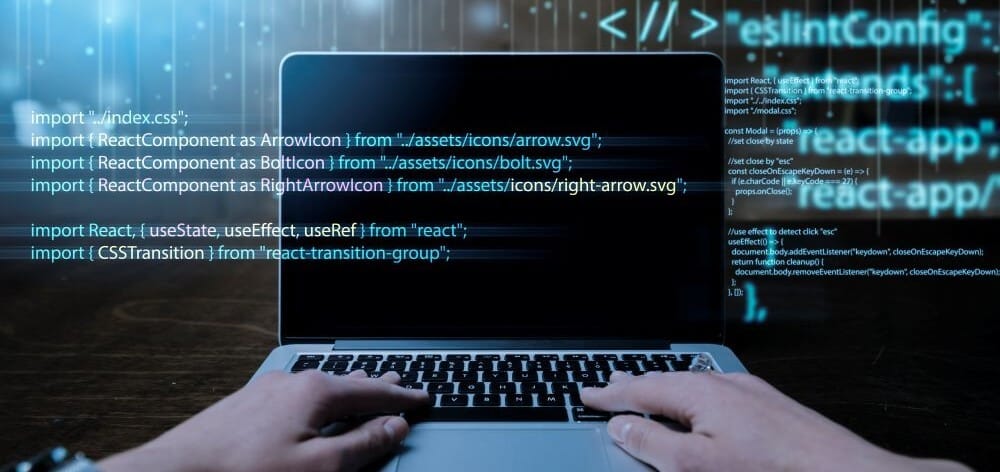In the fast-paced world of software development, writing clean and efficient code is more than just a skill, it’s an essential practice that separates good developers from great ones. Clean code not only ensures your work is easier to maintain and debug but also improves collaboration within teams. Here are the best practices for writing code that’s both clean and efficient:
Follow a Consistent Coding Style
A consistent coding style ensures that your code is easy to read and understand. This involves:
1. Indentation and spacing:
Stick to a standard indentation (e.g., 2 or 4 spaces) and consistent spacing.
2. Naming conventions:
Use descriptive, meaningful names for variables, functions, and classes. For example, use getUserDetails instead of gud .
3. Commenting:
Use comments to explain why certain decisions were made, not just what the code does.
Write Readable Code
Readable code prioritises clarity over brevity. To achieve this:
- Use self-explanatory variable names (e.g. totalPrice instead of tp).
- Break down complex functions into smaller, modular functions.
- Avoid overly clever one-liners that are hard to decipher.
Readable code is like a well-written book—any developer should be able to pick it up and understand it.

Keep It Simple
The principle of KISS (Keep It Simple, Stupid) should guide your coding decisions. Avoid adding unnecessary complexity and focus on solving the problem at hand. For example:
- Prefer simple loops over deeply nested ones.
- Avoid over-engineering solutions for hypothetical future problems.
Write DRY Code
The DRY (Don’t Repeat Yourself) principle ensures that you avoid duplicating logic. Repeated code increases the chance of errors and makes updates cumbersome. Instead:
- Create reusable functions or components.
- Use inheritance, interfaces, or modules when appropriate.
Optimize for Performance
Efficient code runs faster and uses resources wisely. To optimize your code:
- Minimize redundant computations by storing results in variables.
- Minimize redundant computations by storing results in variables.
- Avoid premature optimization; focus first on readability and functionality, then optimize bottlenecks identified through profiling.
IT developers and data scientists will benefit from these capabilities to create smarter and more adaptive systems.
Test as You Write
Incorporate testing into your development process to ensure code reliability. This includes:
- Writing unit tests for individual functions or methods.
- Using integration tests to ensure modules work together.
- Running tests frequently to catch issues early.
Adopt Version Control
Using version control systems like Git helps maintain a history of changes, making it easier to:
- Collaborate with team members.
- Revert to previous versions if something breaks.
- Keep track of incremental improvements.
Document Your Code
Good documentation bridges the gap between clean code and its users. This includes:
- Adding inline comments to explain complex logic.
- Writing comprehensive README files for projects.
- Using docstrings or similar conventions to describe functions and classes.
Review and Refactor Regularly
Code reviews and refactoring improve code quality over time. During reviews:
- Look for opportunities to simplify logic.
- Ensure the code adheres to established conventions.
- Remove dead or unused code.
Leverage Tools and Frameworks
Take advantage of tools and frameworks designed to enforce code quality:
- Linters like ESLint or Pylint to catch style issues.
- Formatters like Prettier or Black to automatically format code.
- Profilers to identify performance bottlenecks.
Think from the User's Perspective
Always consider how your code will be used by others:
- Is the interface intuitive?
- Does the code handle edge cases gracefully?
- Is error handling robust?
Conclusion
Writing clean and efficient code is a continuous journey. By adhering to these best practices, you’ll create code that is maintainable, scalable, and a pleasure for others to work with. Remember, clean code is not just for the machine but for the humans who will read, modify, and extend it.

